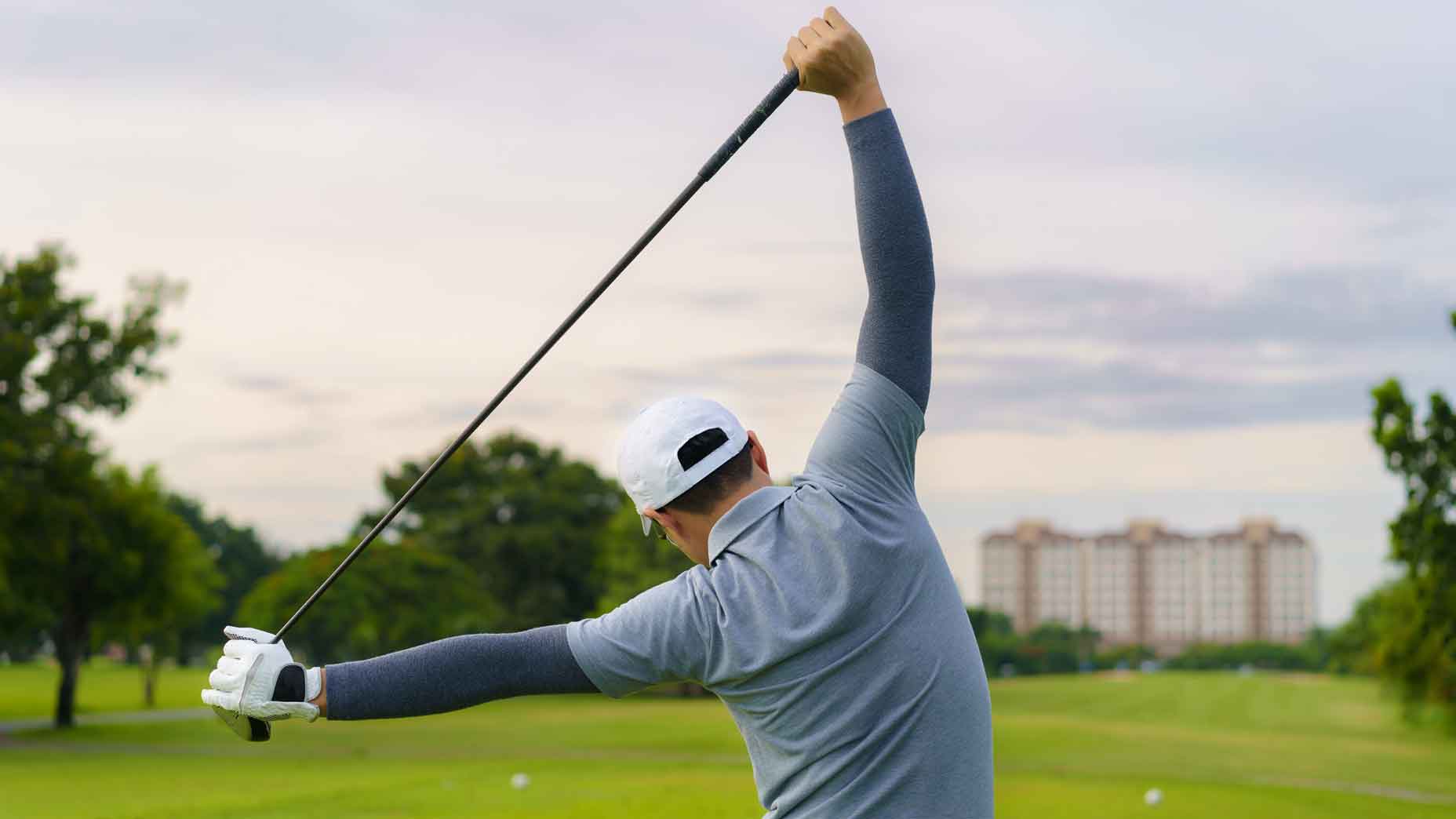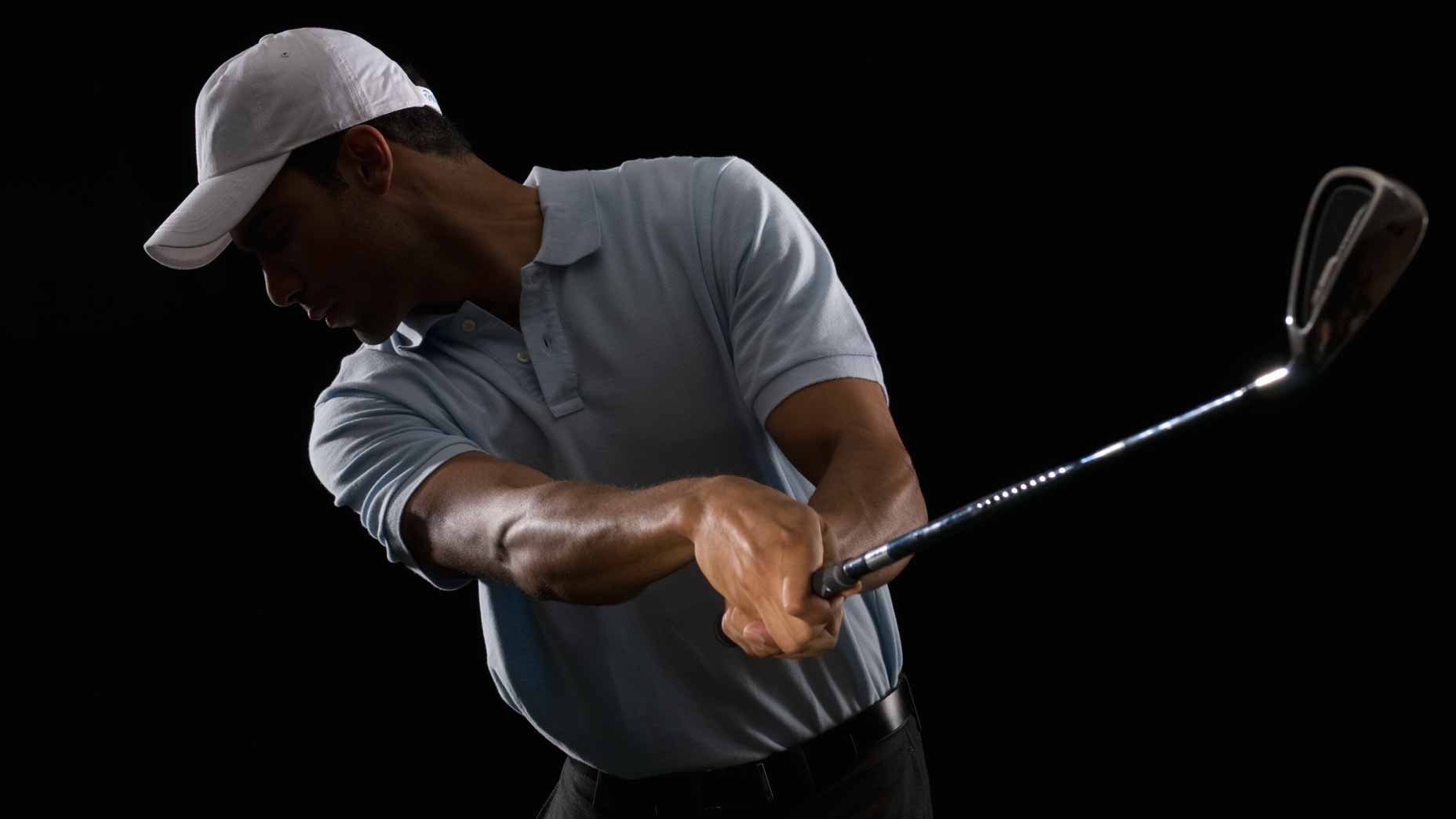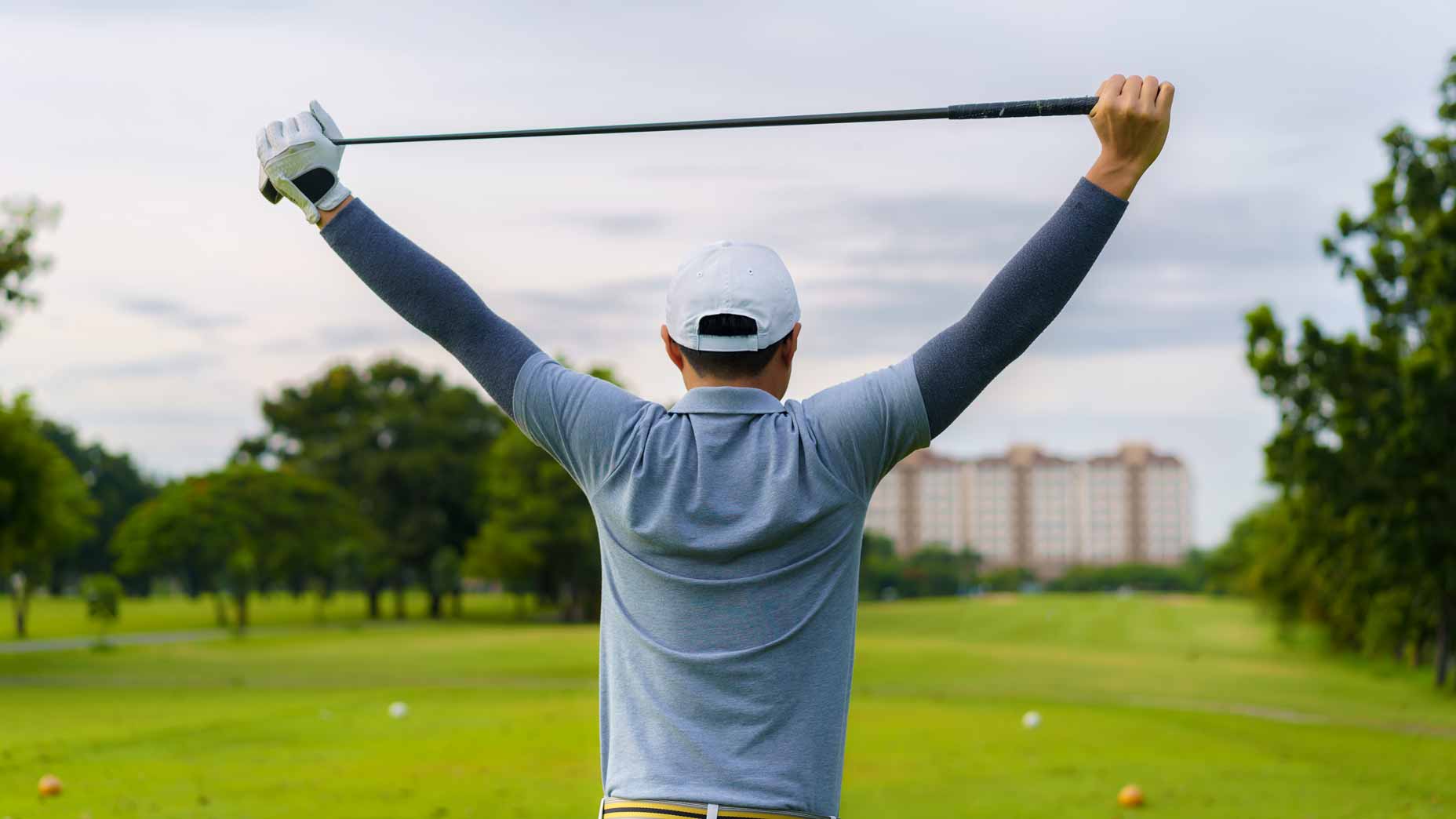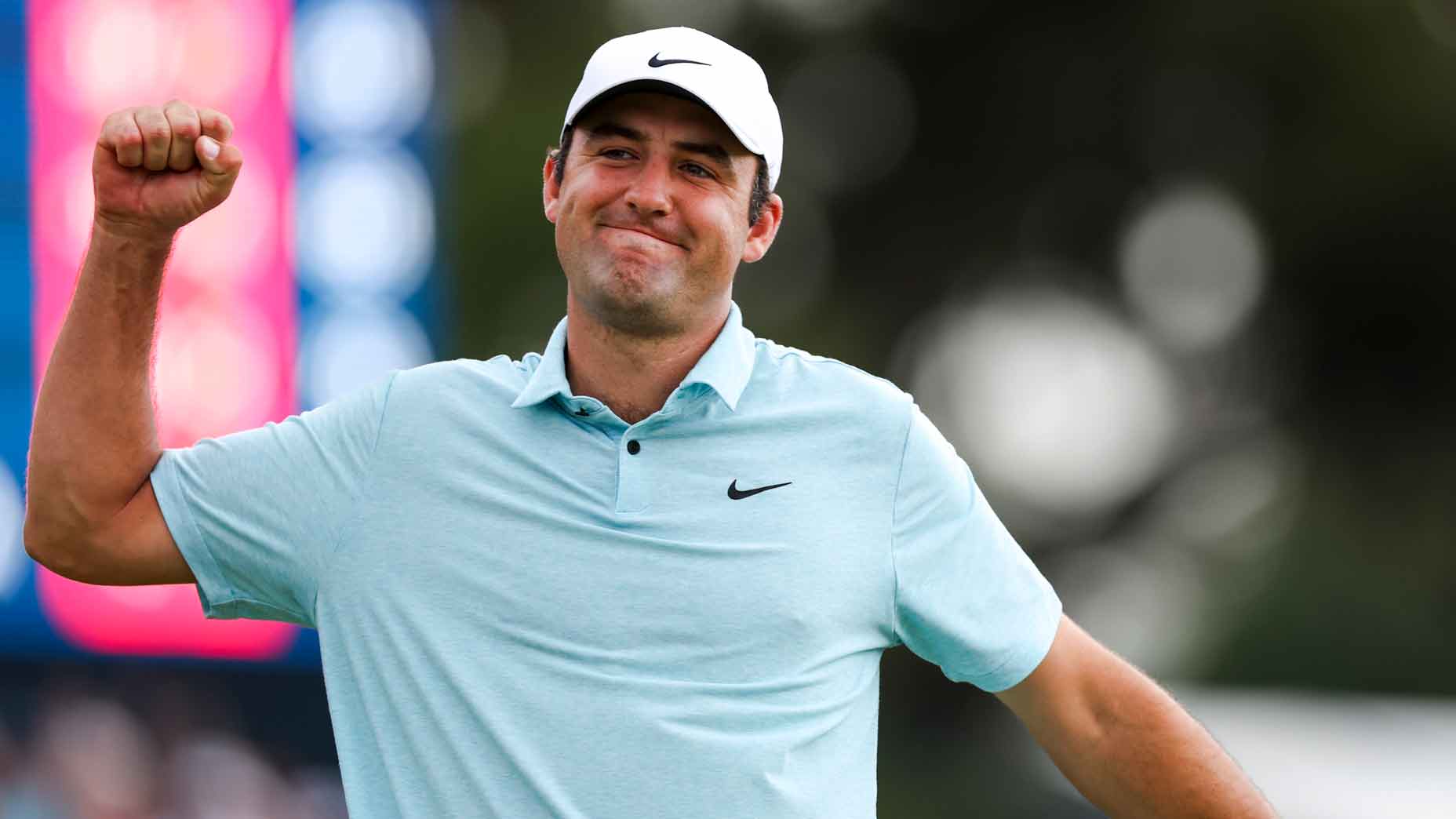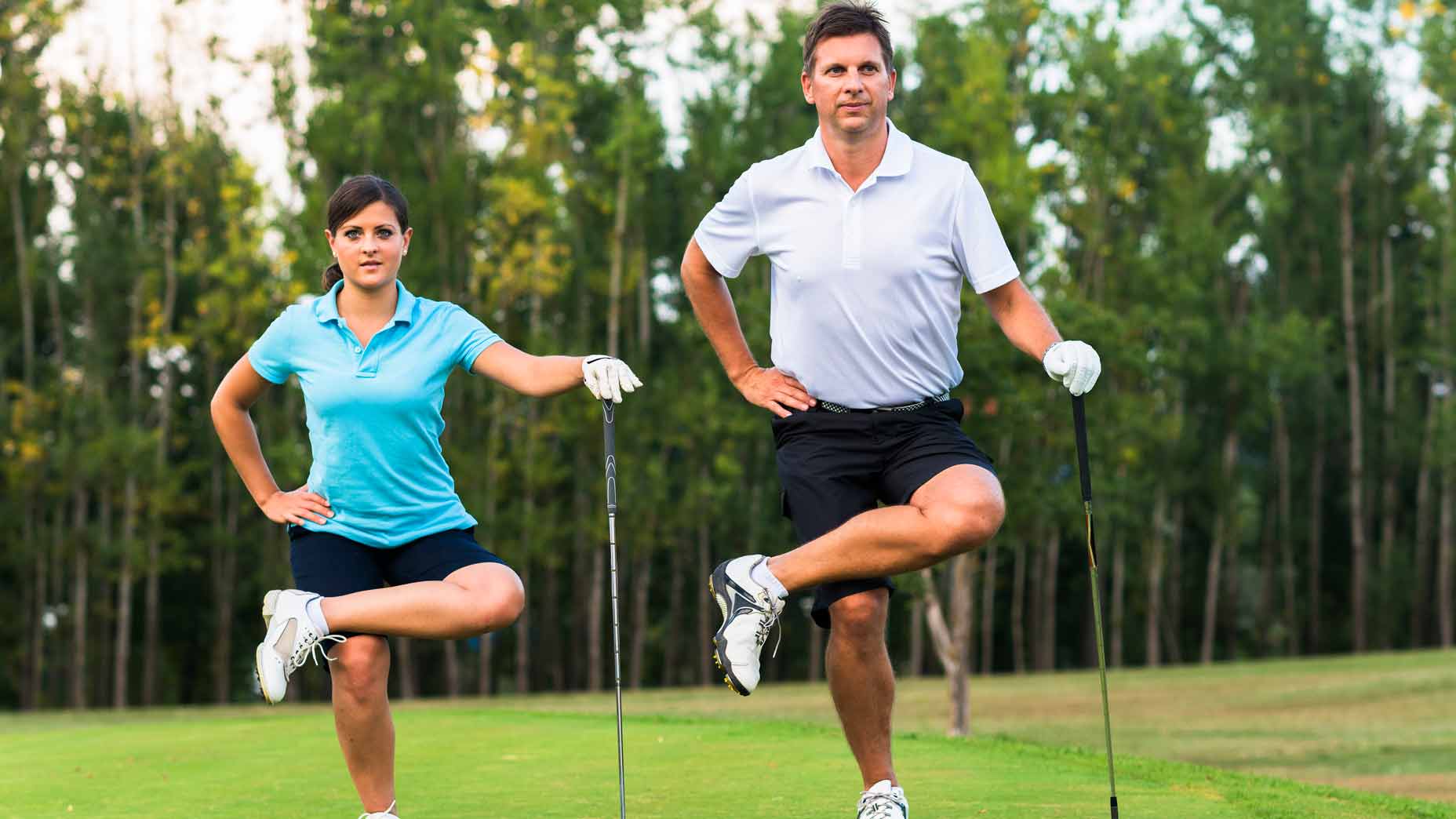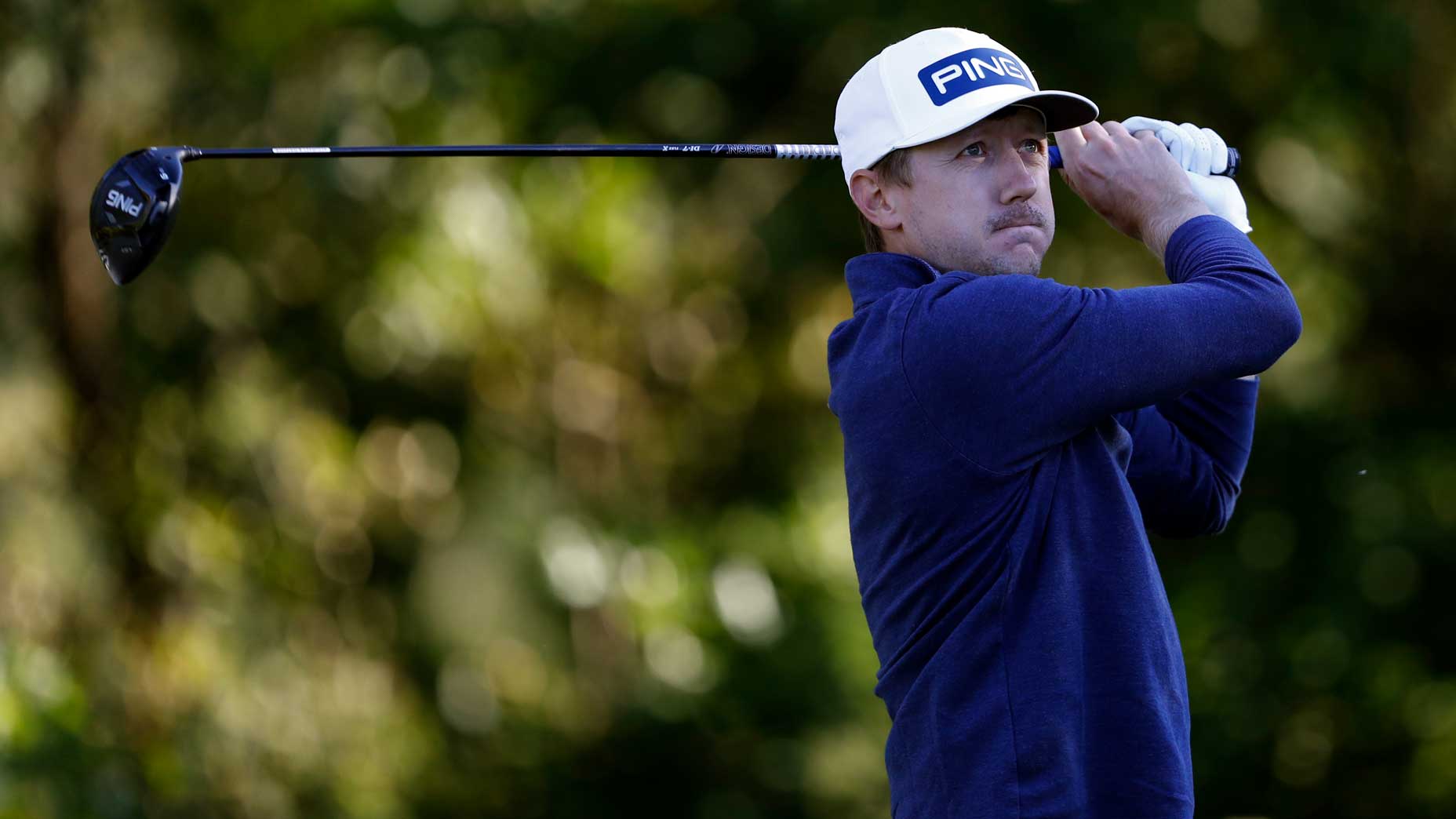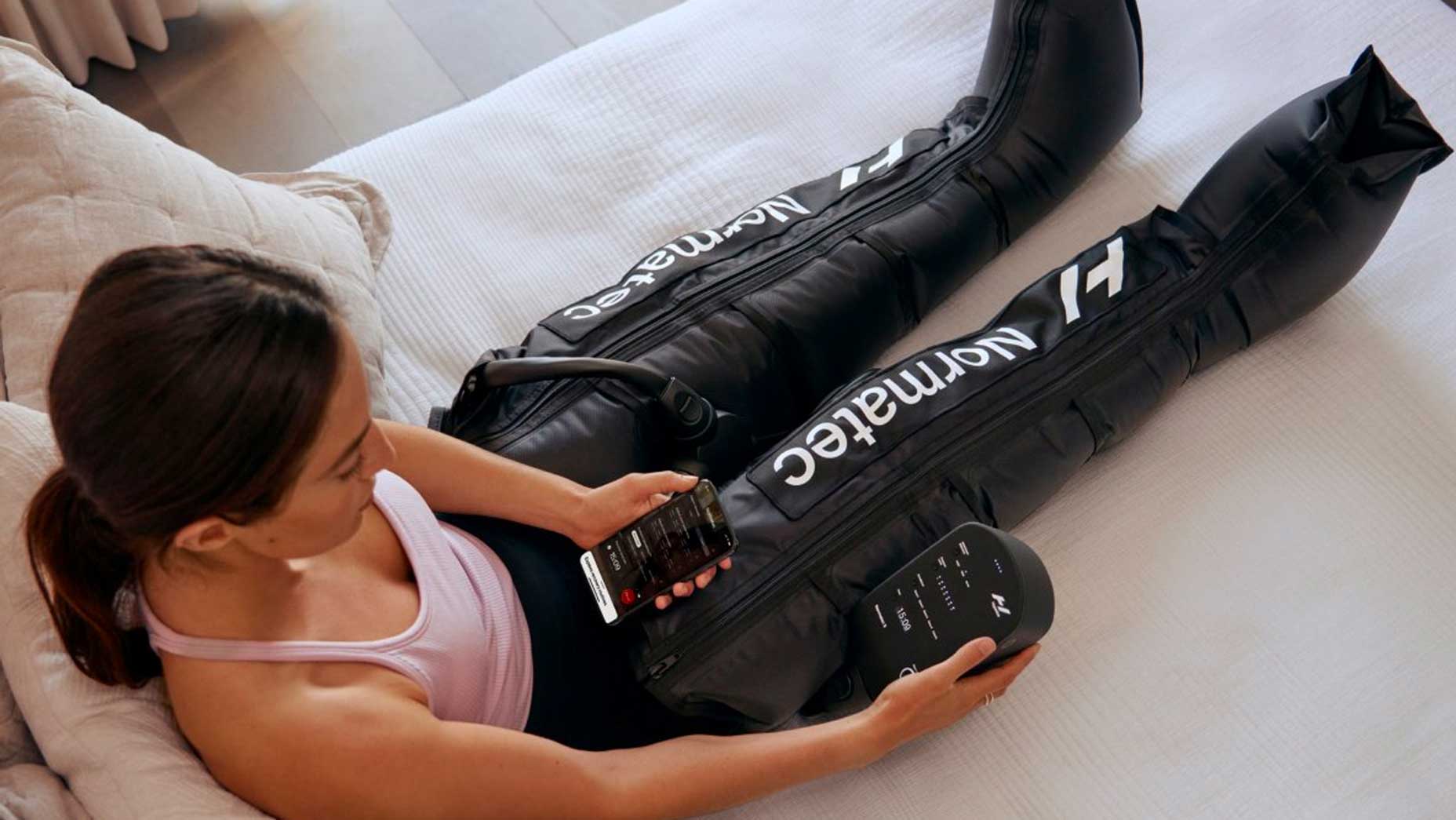Tom Brady’s TB12 is bringing a PGA Tour mindset to Average Joes
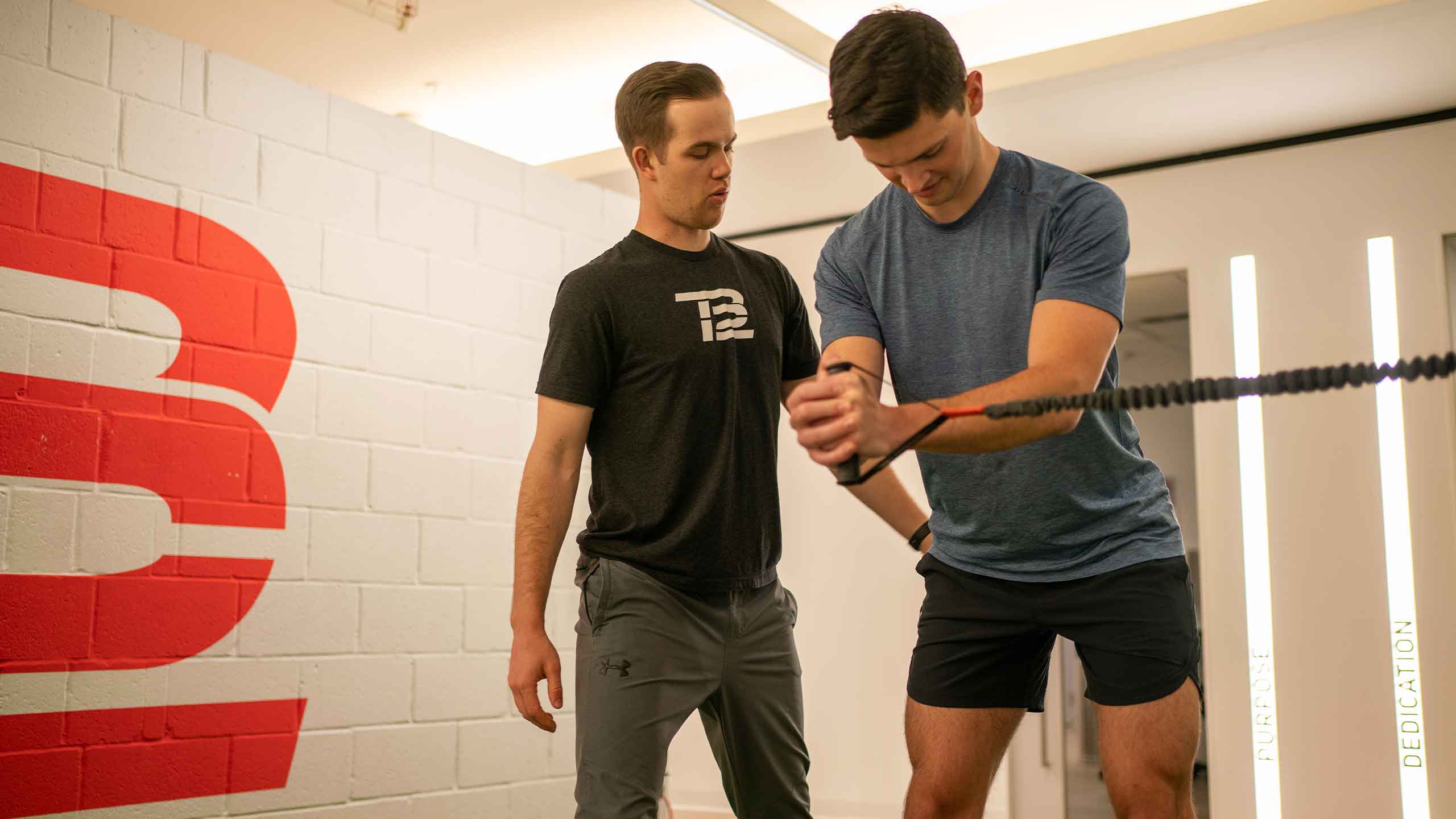
TB12 is taking 'pain and gain' to a new level ... and finding serious results.
Darren Riehl
BOSTON — It’s shortly after 9 a.m. on a cold spring morning in Boston’s Back Bay, and the TB12 Performance and Recovery Center sounds like hell.
The noises ring out from every corner of the large, windowless studio, which is set into the basement of the center’s glistening Boylston Street storefront. Compared to the smoothie-bar-lined spaceship upstairs, it’s duller, darker, and more professional down here. Or maybe that’s just the steady soundtrack of terror carrying from the treatment rooms, which wrap the basement in a large ‘U’. From one corner of the room, there are low grunts. From another, squeals. And from a third corner, there’s something else: unforgivable, uncontrollable, go-home-and-apologize-to-your-mother profanity.
There is some debate as to who is to blame for the noise. TB12 employees plead ignorance on the matter, while those responsible for the groans seem … pleased with the experience.
Eventually, the sound dampens, and a tall man with an athletic build emerges. He introduces himself as Drew and explains that today, he’ll be responsible for beginning the process of building me up as a golfer. But before he can do that, he’s going to have to spend some time tearing me (and my decidedly inflexible muscles) down.
Drew Ryan is very good at his job. His LinkedIn profile features three separate acronyms signifying his training and pedigree, and his biography indicates he’s studying for more.
So when he first makes contact with a muscle in my hip that’s been bothering me on and off for months, I know he’s not going to injure me. But after 30 seconds of working on the muscle with his elbow, I’m fairly certain he is trying to kill me.
“Think of me as a human foam roller,” he says. “I’m introducing blood flow to the area, which is going to make your muscles more pliable. And what does that mean? That you’ll have more mobility in your body to help with the areas of the golf swing where you’re struggling.”
He tries to change the subject, but it’s no use. I’ve already released a string of profanities long and vile enough to make Howard Stern blush. By the time he moves to a different muscle, I’m plotting my next trip to confession.
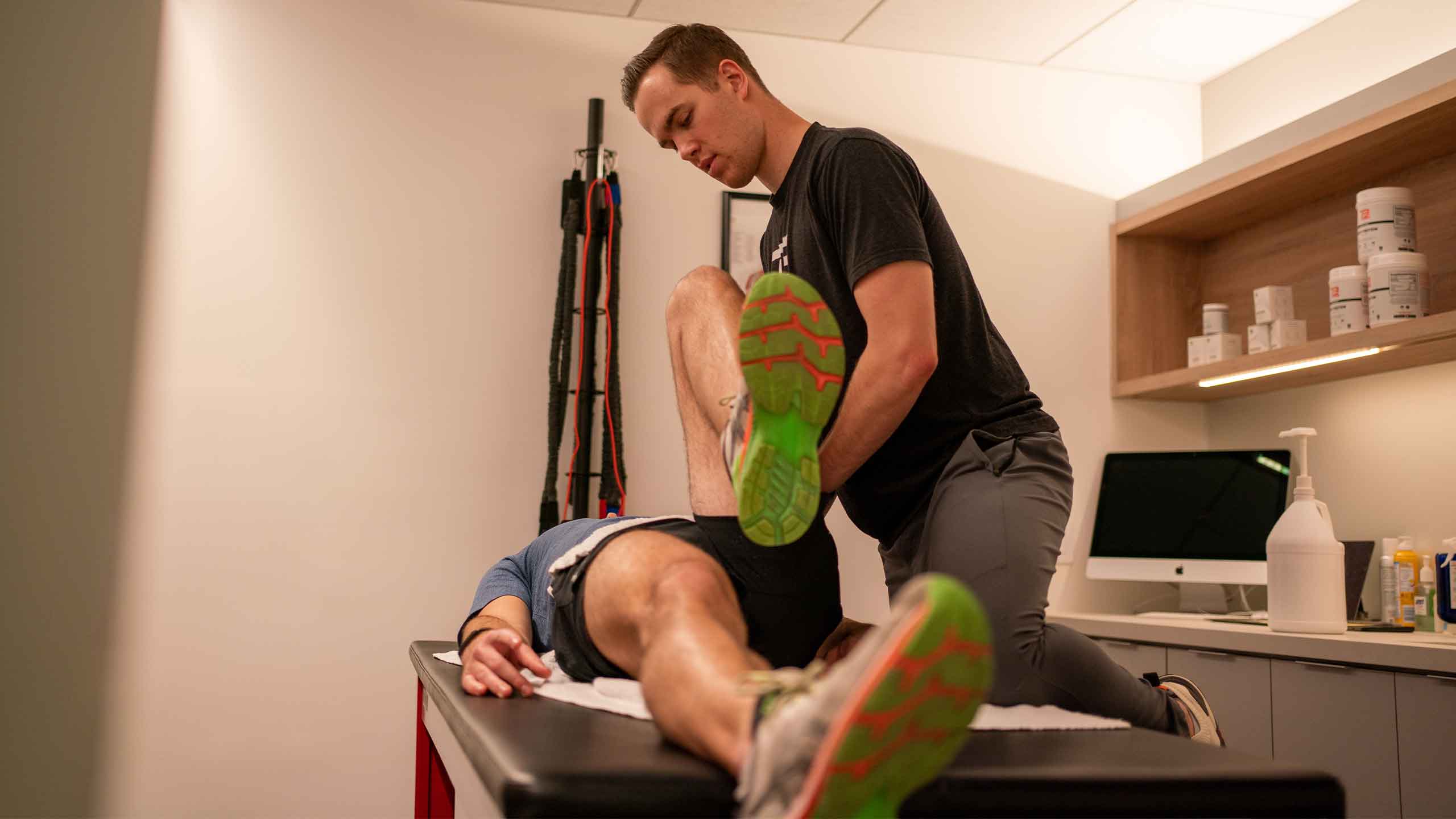
A registered athletic trainer, Drew has been working as a body coach at TB12 for three years. His job puts him at the center of Tom Brady’s TB12 Method, a five-pillared approach to athletic and training success that now includes a half-dozen brick-and-mortar establishments across the United States.
The TB12 Method is one-part physical treatment, one-part lifestyle, and five-parts Brady. In its purest form, disciples are expected to follow strict regimens about fitness, wellness, and diet. (Brady famously does not eat tomatoes, citing their inflammatory qualities.) For TB12’s pro athlete clients like Justin Thomas, adopting the TB12 Method might mean diving off the deep end. But as Ryan explains to me, TB12 body coaches encourage clients to meet the program where they are.
“We like to preach ‘everything in moderation,'” he says, interrupting an F-bomb while working on my quads. “Tom is an elite athlete. His approach requires him to be insanely committed. If you’re trying to cut a few strokes off your golf game, you can achieve that without going overboard, but by implementing some good strategies.”
It’s helpful to view TB12’s five pillars — pliability, movement, hydration, balanced nutrition and mental fitness — as a road map. Body coaches use the map to draw a route that will take students from where they are to where they’d like to be. In recent years, TB12 has worked with experts to create programs for clients seeking performance and injury-prevention help in specific sports. Brady, an obsessed golfer, ensured his beloved sport was among the first to receive its own program.
Today, TB12’s golf program is six weeks long, featuring eight sessions aimed to improve flexibility, mobility, balance and the biomechanics of the golf swing. The program was designed with Brady’s touch, so of course, there are plenty of applications for pros and high-level junior golfers. But TB12 employees insist the true target audience is the rest of us — the Average Joes.
My session with Drew technically represented just an initial consultation, but we covered a surprising amount of ground. First, there was an evaluation using high-speed cameras to measure my gait, a TrackMan to measure my golf swing, and squats to measure my mobility and strength.
Then came the hard part: pliability work. Using a little leverage and a lot of elbow grease, Drew honed in on the problem areas: my hips, hip flexors, glutes, quads and calves. It hurt.
As Drew explained, that wasn’t just normal, it was the point.
“A lot of people come in here and think they’re coming in for a massage,” he said. “This is not that. This is deep tissue work. It’s supposed to hurt. But that’s how you get better.
“And yes,” he said, interrupting my next question. “I hear a lot of cursing.”
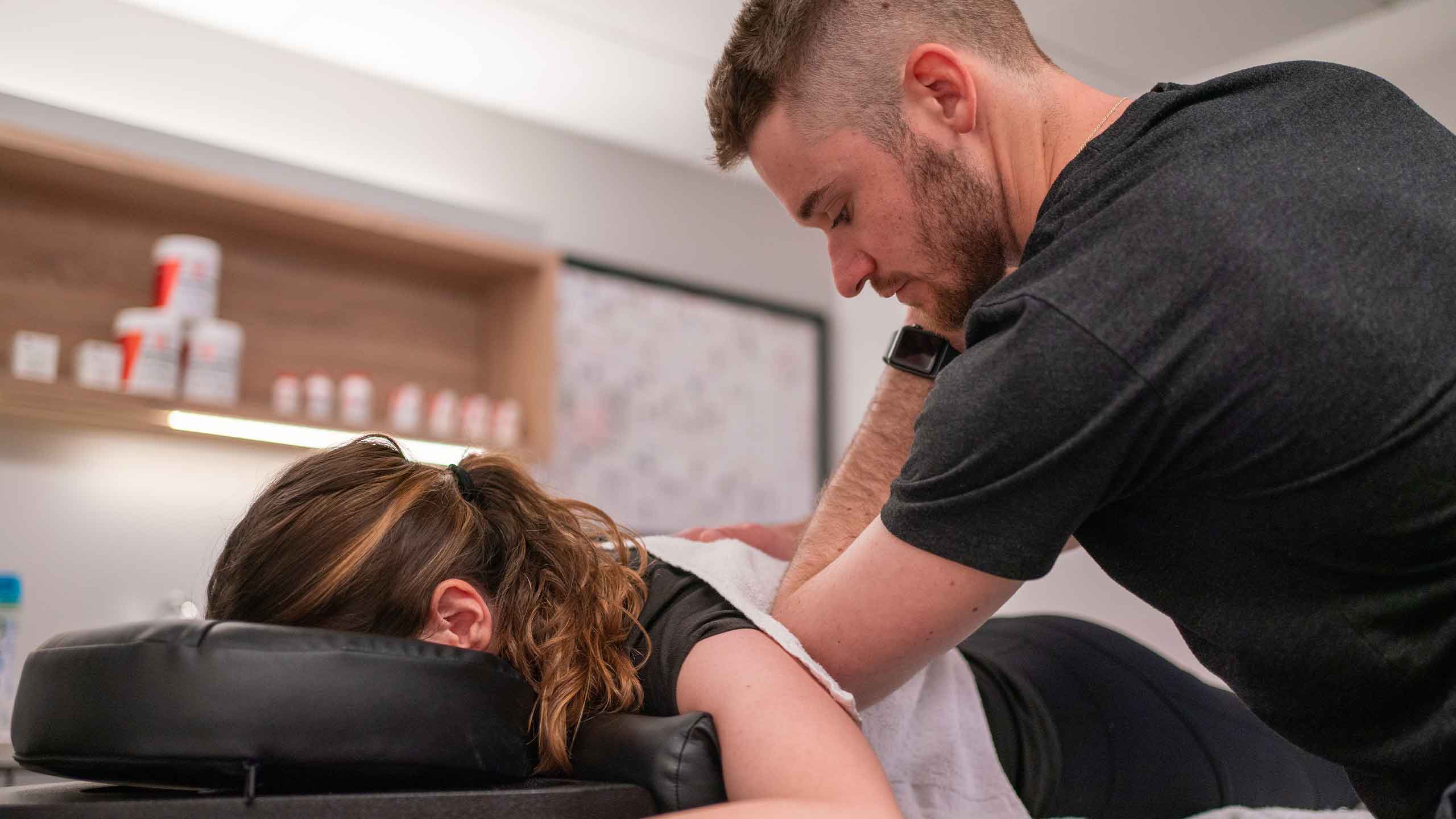
During the course of our pliability work, Drew and I discussed diet, hydration and sleep. I ate well, I told Drew, but I was inconsistent with my hydration, and I was struggling to sleep, particularly as the golf season grew more busy. We discussed strategies for unplugging at night, giving my body a chance to wind down from the day before trying to sleep. As for hydration? The fix was even easier.
“I always tell people, take your body weight and divide it by two,” he said. “That’s how many ounces of water you should be drinking every day.”
These are the sort of life improvements TB12 strives to make, Drew told me: small, easy and meaningful.
After our pliability work was over, we headed back out to the turf field at the center of the studio for strength and recovery work. As a notorious early extender, Drew theorized my issue wasn’t caused by my “tight” hamstrings, but by my glutes, which were locking up every other muscle on the posterior chain.
He showed me a workout involving overhead squats and leg raises to highlight the muscles he thought were weakest (and most likely to cause an injury.) Then, we spotlighted those muscles again during a foam-rolling session.
“Three minutes a day,” Drew said. “That’s all I’m asking for. Three minutes.”
Later, we talked about the biomechanics of my golf swing, and the many ways in which just small improvements to my mobility could unlock a world of difference on the course.
It was the sort of information I thought only came from PGA Tour physios. The average age of Drew’s golf clients?
“Sixty-five,” he says with a laugh.
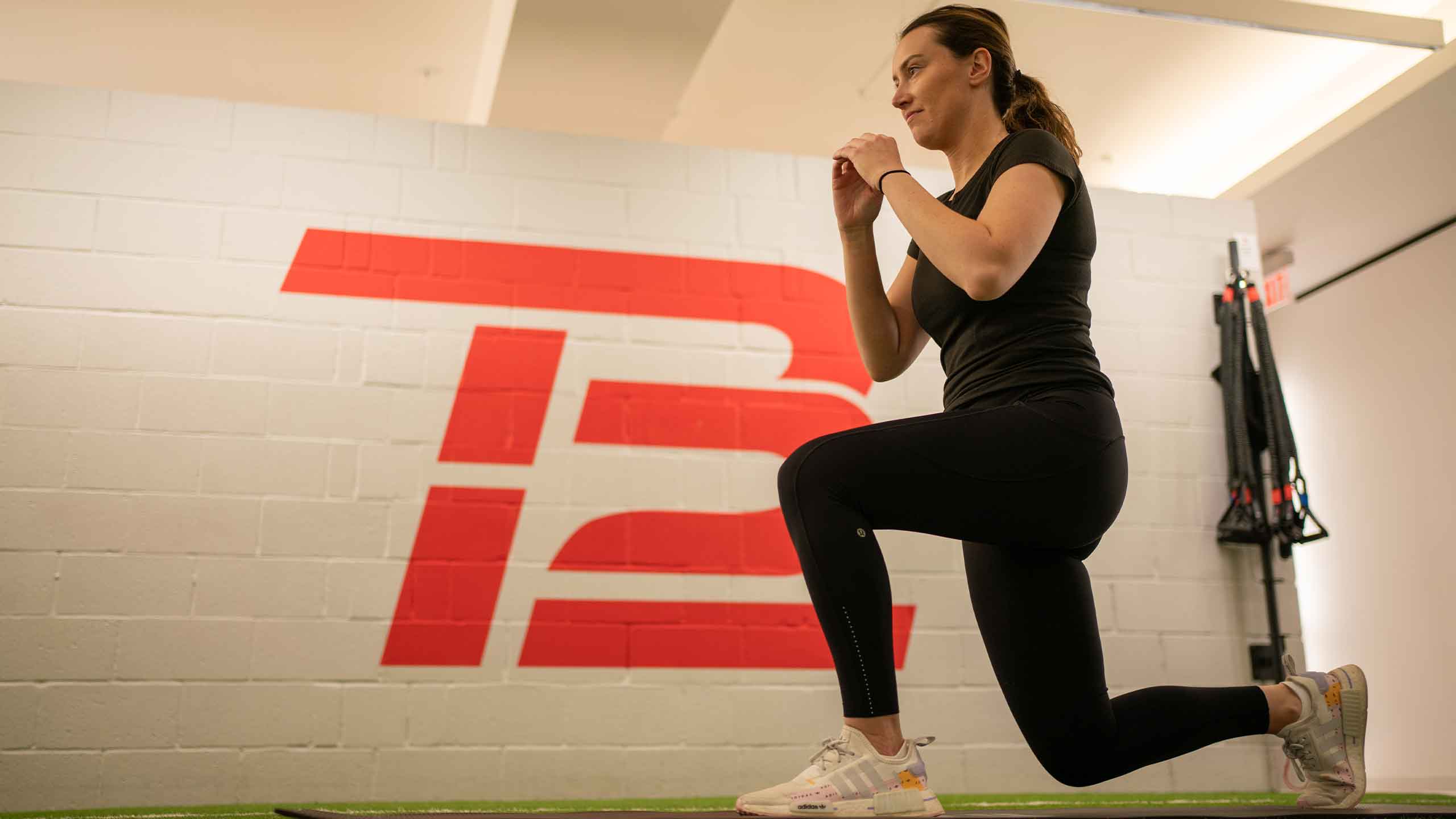
With smoothies in hand, we left TB12 90 minutes later. My legs were “light and poppy” — just as Drew had predicted — but they were also wobblier than a cheap table.
I was advised to drink plenty of water and do pliability work before bed, but there was a bit of an issue: I still had a tee time for that afternoon.
We headed to George Wright Golf Course — a Boston muni gem — to test the fruits of our labor, and were surprisingly encouraged with what we’d found. Our walk felt tame, our warmup happened quickly, and though my game quickly disintegrated, my swing felt smoother and less gimpy well into the back nine.
In the weeks after our session, I found my legs and hips moving better. I stuck with a strict stretching-and-foam-rolling regimen after my initial consultation and found my range-of-motion improvements to be significant. Where certain movements used to cause my hips to lock and seize, now, I can feel the muscles are more agreeable (or perhaps less disagreeable … but the result is the same).
I’m still nobody’s definition of flexible, and my fellow TB12 guinea pig Claire Rogers can still dance circles around me in the yoga department. But my stride feels better, my body feels better, and when it comes time to walk the course, my game does too.
For $200, that’s well worth the cost of admission.
Just leave the swear jar at home.


